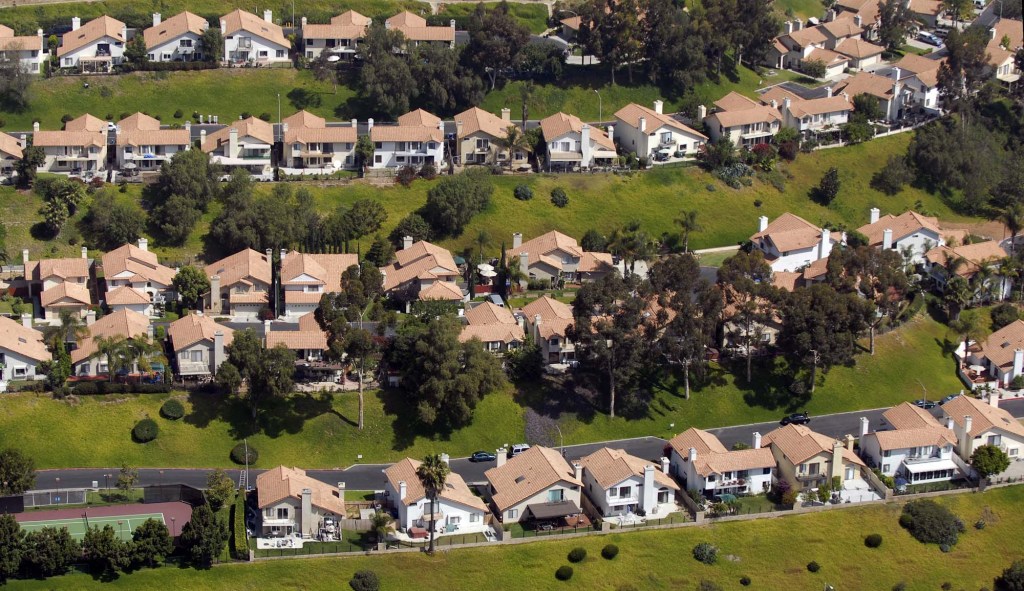Home prices continue to rise across the U.S., according to the latest release of the S&P CoreLogic Case-Shiller Indices.
The U.S. National Home Price NSA Index rose by 16.6% year over year in May, up from 14.8% the previous month. The 10-City Composite annual increase posted a 16.4% YOY rise in home prices, up from 18.5% the previous month, while the 20-City Composite showed a 17% gain YOY, up from 15% the previous month.
“A month ago, I described April’s performance as “truly extraordinary,” and this month I find myself running out of superlatives,” says Craig J. Lazzara, managing director and global head of index investment strategy at S&P Dow Jones Indices. “The 16.6% gain is the highest reading in more than 30 years of S&P CoreLogic Case-Shiller data. As was the case last month, five cities—Charlotte, Cleveland, Dallas, Denver, and Seattle—joined the National Composite in recording their all-time highest 12-month gains. Price gains in all 20 cities were in the top quartile of historical performance; in 17 cities, price gains were in the top decile.
Out of the 20 cities included in the report, Phoenix reported the highest year-over-year price gain at 25.9%, followed by San Diego at 24.7% and Seattle at 23.4% All 20 cities reported higher price gains in the year ending May than the year ending April.
On a month-to-month basis, before seasonal adjustment, the U.S. National index posted a 2.1% gain in May. The 10-City Composite posted a 1.9% increase, and the 20-City Composite showed a 2.1% increase. After seasonal adjustment, the U.S. National Index shows a 1.7% month-to-month increase, with a 1.7% increase for the 10-City Composite and a 1.8% increase for the 20-City Composite.
“We have previously suggested that the strength in the U.S. housing market is being driven in part by reaction to the COVID pandemic, as potential buyers move from urban apartments to suburban homes,” says Lazzara. “May’s data continue to be consistent with this hypothesis. This demand surge may simply represent an acceleration of purchases that would have occurred anyway over the next several years. Alternatively, there may have been a secular change in locational preferences, leading to a permanent shift in the demand curve for housing. More time and data will be required to analyze this question.”



